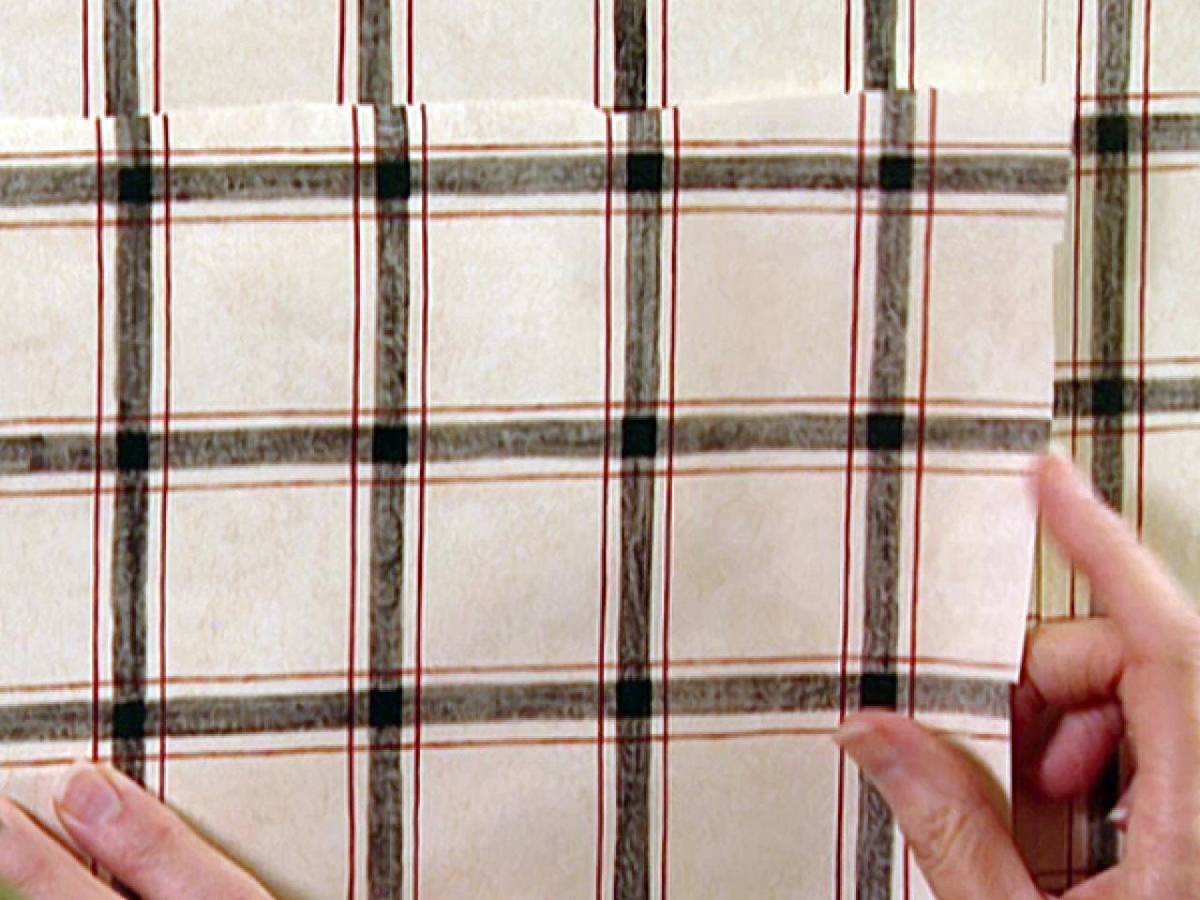Patching wallpaper comes out looking like afterthought
Q: We were moving into our house over the weekend and while moving a large dresser, we gouged the wallpaper and tore a piece out of it. We found a roll of wallpaper left by the previous owners, but we need to know exactly how to patch the damaged area. Any advice?
A: I can tell you that in almost all cases, patching wallpaper comes out looking like an afterthought. You can get it close, but rarely is it perfect.
I get a few calls a month about patching wallpaper, and I try to convince the customer that the job may come out horrible. If they still want it done, the finished product turns out OK, but the patch is still noticeable. The customer will usually be thrilled as I try to tiptoe out of the house.
The biggest obstacle is getting a wallpaper match. If you don’t have a scrap lying around somewhere, you are probably out of luck.
Even if you do have one, it may not have aged the same as the paper on the wall. Your scrap may have been rolled up in a cabinet, whereas the paper on the wall may have been beaten up by the sun for the last five years, so there may be differences in the color.
Now that your expectations of the job are low, you can cut a patch. Cut a square patch of wallpaper slightly larger than the damaged area. You must be dead-on if your wallpaper has a pattern to it. Line the pattern up perfectly and tape it over the damaged area using blue painter’s tape.
You can use a straight-edge knife or utility knife to cut the patch, but it must have a brand-new blade. If you suspect that the blade has been used even a little bit, go buy a new one. The last thing you want is to fray or tear the patch because of a dull blade.
Cut a new patch by pushing through both layers of wallpaper with the blade. If the wallpaper has a pattern, you can cut along the pattern to make the border less noticeable. Once the cut is complete, remove the tape and the scrap from the wall, and peel up the damaged wallpaper.
If you dented the drywall underneath the wallpaper during your gouging incident, then you need to fill the depression with some drywall compound and sand it when it’s dry.
Apply a little wallpaper adhesive to the patch and carefully slide it into place. Line up the pattern and smooth everything out with a wallpaper smoothing tool or a damp sponge. You will have some adhesive squeeze out from the smoothing action, but it will wipe off with the sponge.
Finally, give the edges a roll with a rolling tool to level them out and make the patch blend in.
If you aren’t happy with the patch job, maybe you can just hang a picture over it.
Mike Klimek is a licensed contractor and owner of Las Vegas Handyman. Questions may be sent by email to handymanoflasvegas@msn.com. Or, mail to 4710 W. Dewey Drive, No. 100, Las Vegas, NV 89118. His web address is www.handymanoflasvegas.com.
Do-it-yourself
Project: Patching wallpaper
Cost: Under $15
Time: 1-2 hours
Difficulty: ★★★























